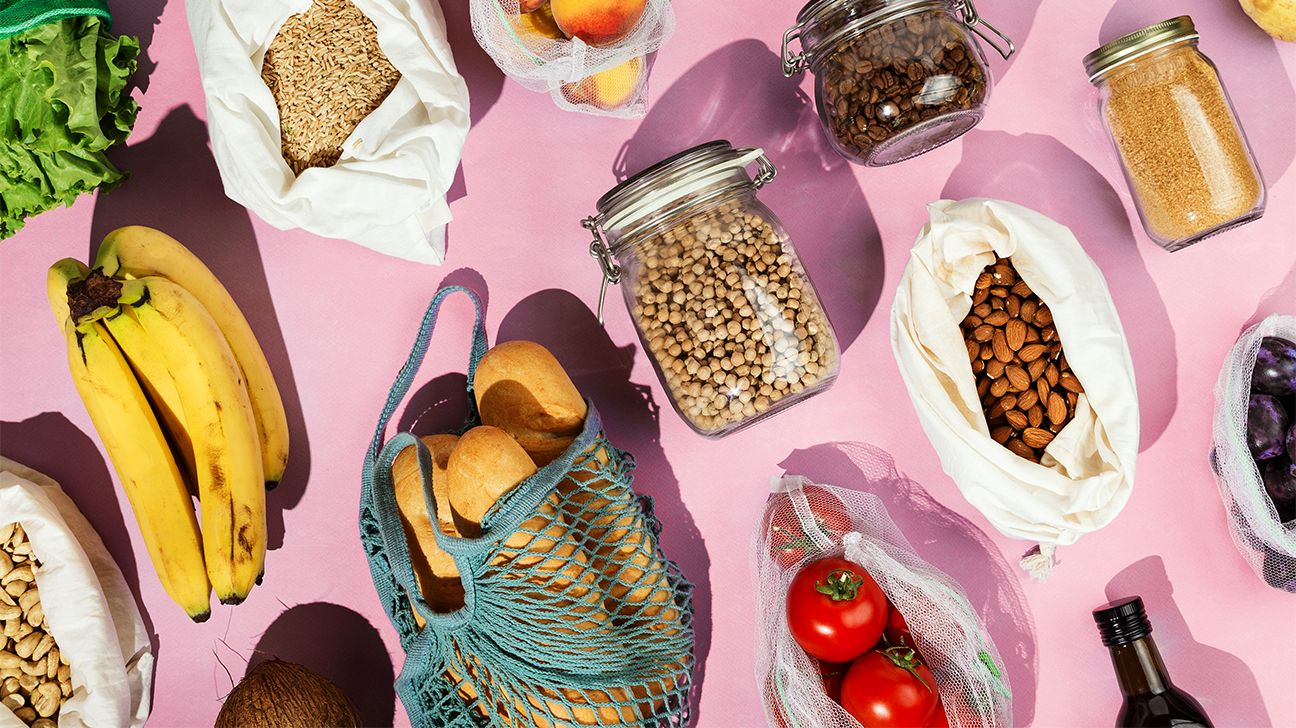Eating well can be tricky as hell. But the 80-20 rule diet is a little less complicated and more flexible than other eating plans.
Maybe you’ve heard about the 80-20 rule diet and wanna know more about this relatively flexible eating plan that doesn’t require you to *never* eat anything dripping in cheese ever again.
We chatted with Ilana Kersch, RD, a clinical nutritionist specializing in digestive diseases at New York- Presbyterian/Columbia University Irving Medical Center, to get the scoop on the 80-20 rule diet.

Though “rule” is in its name, this eating plan isn’t obsessive about rules and restrictions, like many, if not most, diet plans.
“The 80-20 strategy for weight loss is not a strict diet pattern, but rather a basic philosophy for eating a healthy diet most of the time while also allowing for occasional treats,” Kersch tells us.
According to Kersch, moderation is key with the 80-20 rule.
“The goal is to eat ‘healthy’ foods — think nutrient-dense, high fiber, and high protein — about 80% of the time, and then allow for ‘cheat meals’ and treats like high fat, high sugar, high calorie the other 20% of the time,” she says.
Kersch explains that for “healthy” 80% of the week, this means mainly choosing:
- lean proteins such as fish and poultry
- vegetables
- fruits
- whole grains
- nuts
- seeds
- beans
- legumes
Then, Kersch says, for the other 20%, allow for foods with a less pristine nutritional profile that you enjoy. You know, those foods that make your soul warm and cozy.
These are different for everyone, but Kersch points out that they’re generally:
“The goal is often to deprioritize the role of counting calories, removing entire food groups, and other rigid nutrition goals, and instead, focusing on making mostly healthy food choices while allowing for flexibility,” Kersch says.
Though this rule is generally easy to understand and flexible, it’s not to say it’s easy to pull off. Putting together “healthy” meals can be time-consuming, as you may have to do more planning or meal prep.
PSA: The 80-20 rule doesn’t equal binging on the “less healthy” foods during the 20% window.
Psst. Here are some hot tips for meal prepping and recipes.
According to Kersch, following the 80-20 rule can assist with weight loss, especially for people who have tried very rigid or structured diet plans in the past and have a hard time sticking with them long-term.
“All weight loss plans have the potential to be successful short-term as long as they promote an overall calorie deficit,” she says. “However, many of these diets, especially fad diets, are overly restrictive and very challenging to follow for months or years, both physically and emotionally.”
Kersch points out that most people can lose weight temporarily on a rigid weight loss plan but then regain some or all of the weight once they transition back to a more varied, less structured eating pattern.
“The main benefit of the 80-20 rule is its flexibility, which makes it a more sustainable option for many people in the long term,” she says.
Kersch tells us that the 80-20 diet does not include specific calorie goals or guidelines and can fit into any caloric range.
Keep in mind that it’s generally recommended (on average) that a woman eats 2,000 (kcal) per day to maintain weight or 1,500 or fewer daily to lose one pound weekly.
For men, the daily calories to maintain weight is 2,500 kcal, or 2,000 kcal daily to drop one pound per week.
If you want to use the 80-20 diet to lose weight, consider using a calorie tracker.
Kersch explains that the 80-20 diet is safe as long as your 80% includes:
- sufficient calories
- a variety of nutrient-dense foods
- a good mix of proteins, fats, and carbohydrate
Who is the 80-20 rule not for?
Though the 80-20 rule is a safe diet for most, it’s not the perfect approach for everyone.
For people with a history of disordered eating, Kersch says that following any dietary pattern that focuses on “good” and “bad” foods could be detrimental.
The 80-20 rule is an approach for a balanced diet that’s often way more sustainable than other eating plans since it doesn’t force you to give up your favs and lets you live a little.
While it’s generally safe for most, it’s still a good idea to chat with your healthcare provider before making significant changes to your diet.

